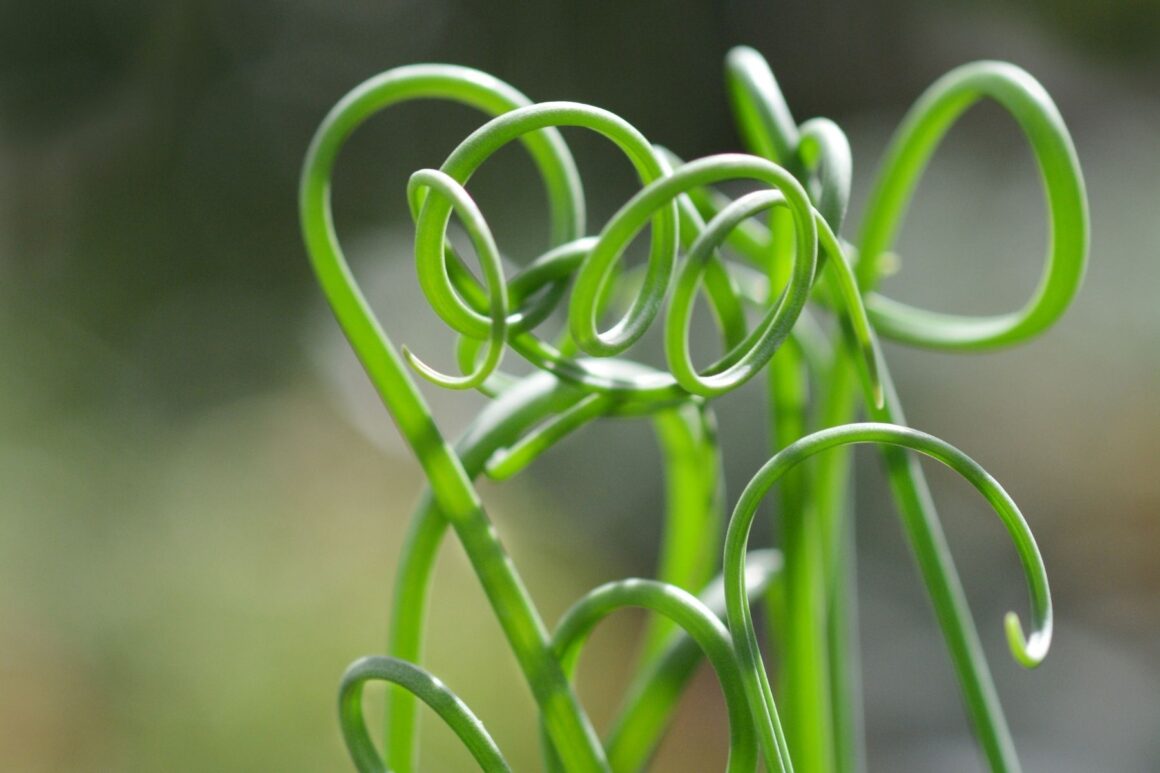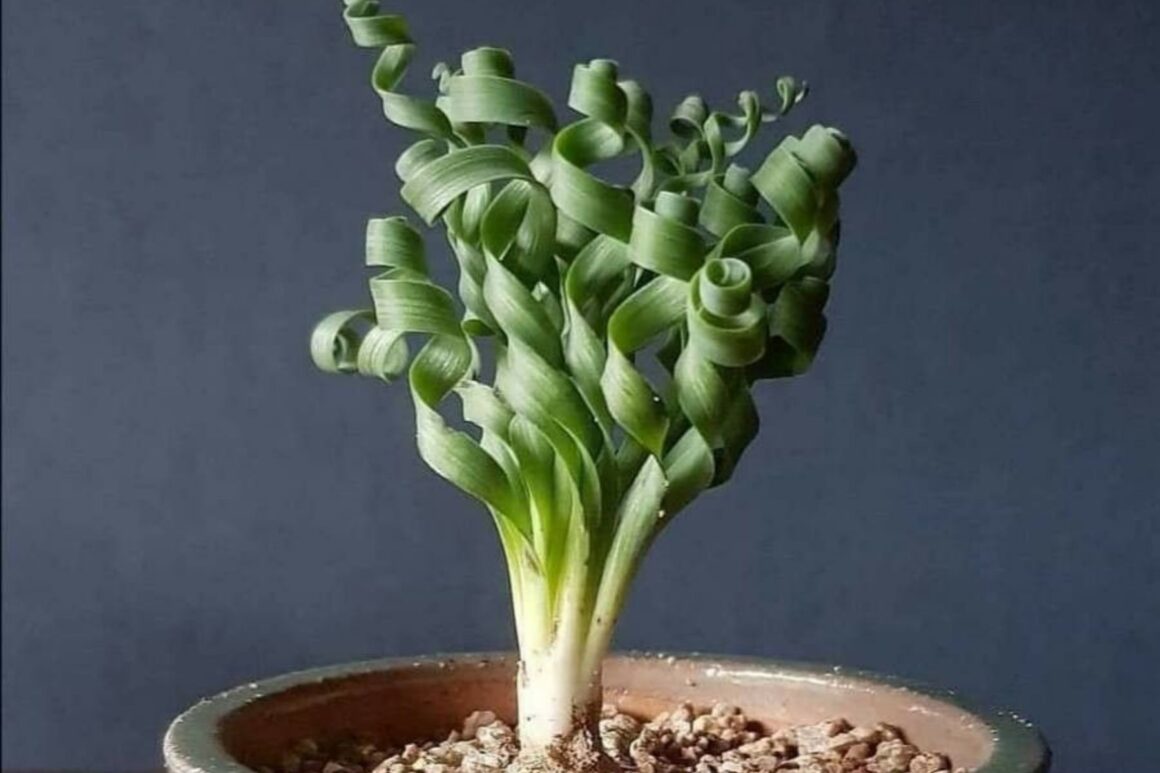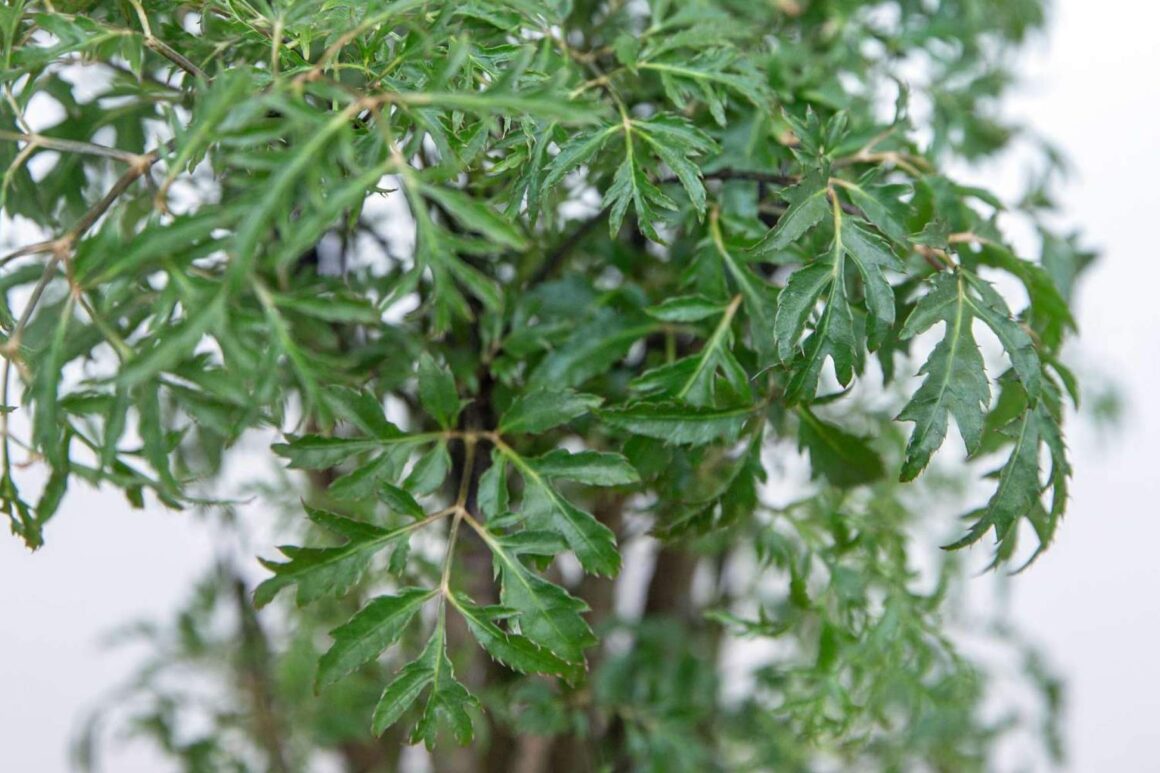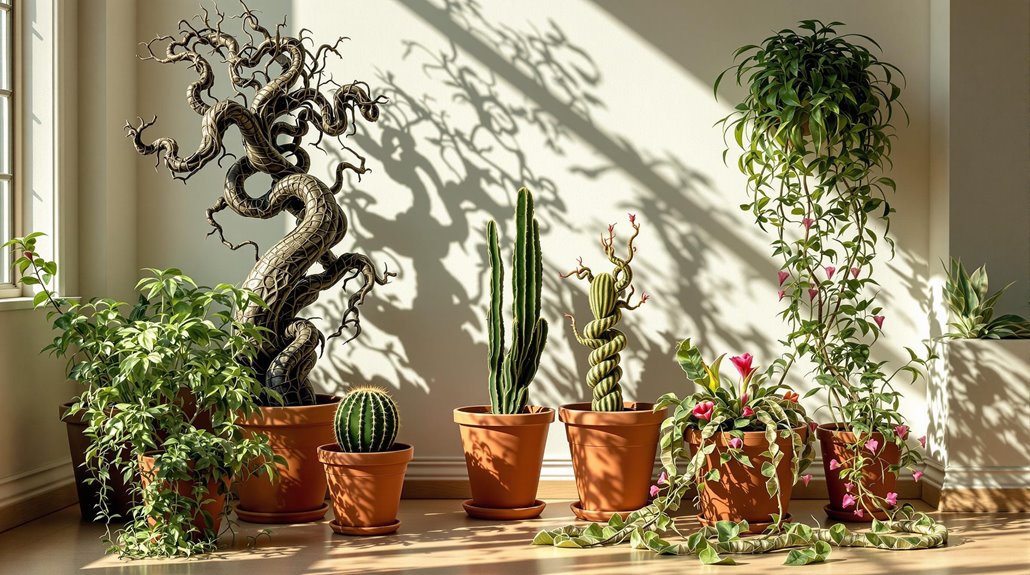If you’re looking to give your home a botanical twist, consider a collection that includes the quirky Twisted Lipstick Plant thriving in the right mix of airy soil, and the whimsically curled Frizzle Sizzle Plant soaking up full sun. Envision the dramatic African flair of Trachyandra Tortilis, with its curly leaves and avant-garde demeanor.
Add a touch of the tropics with Polyscias Fruticosa, celebrated not just for its beauty, but medicinal utility as well. Finally, the Variegated Cotyledon Orbiculata offers a succulent twist with its creamy, flecked foliage. Each plant brings its unique charm to your space, leaving much more to explore.
Key Takeaways
- Twisted Lipstick Plant thrives in airy soil with bright, indirect light and warm, humid conditions.
- Frizzle Sizzle Plant features corkscrew leaves and requires full sun or partial shade with cooler temperatures.
- Trachyandra Tortilis has curly leaves and prefers bright, indirect sunlight with low to medium humidity.
- Polyscias Fruticosa (Ming Aralia) thrives in bright, indirect light with high humidity and has medicinal uses.
- Variegated Cotyledon Orbiculata boasts fleshy, patterned leaves and is drought-tolerant, needing well-draining soil.
Twisted Lipstick Plant
Embracing the lively allure of the Twisted Lipstick Plant requires careful attention to its soil and potting mix needs. This striking plant thrives best in an airy soil mix, so it’s essential to blend normal potting soil with elements like orchid bark, perlite, or moss to guarantee good drainage and airflow.
Heavy potting soils spell doom, leading to root rot—a botanical faux pas we’d all prefer to avoid. A peat-free house plant compost, enriched with sand or perlite, strikes the perfect balance, allowing moisture retention while guaranteeing drainage.
In terms of care tips, this plant is a diva when it comes to humidity, reveling in a warm, humid environment. Consider using a humidifier or a pebble tray to keep it content. Light is its muse, thriving in bright, indirect light or direct morning sun, but shying away from full shade and harsh midday rays.
For propagation methods, snip a healthy stem cutting, let it root in water or a well-draining mix, and voilà—new life emerges. With such attention to detail, the Twisted Lipstick Plant rewards with lively blooms, turning any space into a botanical masterpiece.
Frizzle Sizzle Plant

The Frizzle Sizzle Plant, known for its whimsical corkscrew-shaped foliage, captivates plant enthusiasts with its distinct appearance and manageable care requirements. This quirky plant thrives under specific conditions, making it an intriguing addition to any indoor garden. When it comes to care tips, maintaining the right balance of water and light is essential for this plant’s health.
Light requirements are important for the Frizzle Sizzle’s growth. Ideally, place it in full sun or partial shade, preferably facing south, to guarantee it receives adequate, yet gentle, sunlight. Be cautious, though—filtered sunlight is recommended to prevent leaf scorch. The Frizzle Sizzle enjoys cooler temperatures, especially during the winter growing season, so keep it away from radiators and draughts. Its dormancy leads to slowed growth and reduced water needs; care routines should change during this period.
Watering involves a delicate dance; increase it to once a week during winter, its growing season, and reduce it during the summer dormancy. Always verify the soil is completely dry between waterings to avoid overwatering—a surefire way to turn those charming curls into drooping disasters. With the right succulent soil mix and a breathable terracotta pot, your Frizzle Sizzle will genuinely live up to its delightful name, bringing joy and twisted charm to your home.
Trachyandra Tortilis

Trachyandra Tortilis, a botanical wonder originating in South Africa and Madagascar, captivates with its bush of curly, linear leaves that can reach up to 24 inches in length. These fresh green, leathery ribbons vary intriguingly in their curl patterns, creating a whimsical appearance that resembles a hairdo gone delightfully rogue. Growing from an underground bulb, this plant can stand up to 10 inches tall with a modest crown of 3-6 leaves, making it a striking yet manageable addition to your plant collection.
For those interested in nurturing this twisted beauty, here are a few essential care tips to keep in mind. Trachyandra Tortilis thrives in bright, indirect sunlight but should be shielded from the harsh summer rays. It prefers cooler temperatures between 41-59°F and low to medium humidity.
Use well-draining soil enriched with rocks, sand, or perlite to guarantee proper airflow and drainage. Watering should follow the “soak and dry” method—let the soil dry out completely before diving in with the watering can again. This plant is known for its unique, curly leaves that exhibit a fresh green color and leathery texture, making it an ideal decorative house plant.
Propagation methods for Trachyandra Tortilis include seeds or leaf cuttings, with the latter offering a faster route to new growth. Remember, patience is key; seeds can take up to three years to mature.
Polyscias Fruticosa

Polyscias Fruticosa, commonly known as the Ming Aralia, is a versatile and elegant houseplant originating out of the tropical regions of India and widely cultivated across Southeast Asia. Its lush, evergreen foliage makes it a favorite among plant enthusiasts, especially those with a penchant for the exotic. Ming Aralia’s tri-pinnate, irregularly lobed leaves bring a touch of the tropics into your home, while its intricate bark adds a hint of rough charm, a juxtaposition that can only be described as perfectly twisted.
When it comes to polyscias care, this houseplant thrives in bright, indirect light, though it graciously tolerates a bit of morning or late afternoon sun. It’s a fan of high humidity, so don’t forget your daily misting ritual unless you fancy a humidifier. The soil should remain lightly moist during the growing season, decreasing watering in winter.
If your Ming Aralia starts looking more like a Charlie Brown Christmas tree, it’s time for some pruning. Repotting is required every 1 to 2 years, and selecting a larger pot will accommodate its growth.
Ming Aralia doesn’t just look good; it also boasts some fascinating medicinal uses. In Southeast Asia, it’s utilized as a diuretic and to treat rheumatic pains, while its young leaves double as a delectable vegetable.
Variegated Cotyledon Orbiculata

A striking addition to any plant collection, Variegated Cotyledon Orbiculata captivates with its unique, fleshy leaves adorned with cream and green patterns. This variegated beauty serves as both a visual delight and a reflection of the art of succulent care. Thriving in bright, indirect light, it can handle a dash of direct sun, particularly during those gentle morning hours.
But beware of the midday sun’s wrath—partial shade is its friend. During winter, a grow lamp can keep the show going. Originating from South Africa and Namibia, this variegated version retains similar care requirements to the original Cotyledon orbiculata var. orbiculata.
Watering this beauty is a delicate dance. With its drought-tolerant nature, overwatering is a cardinal sin. Wait for the topsoil to dry before quenching its thirst, making sure all excess water bids a swift goodbye to avoid root rot. Adjustments are key; less water during chilly months is ideal.
When it comes to soil, think well-draining. A succulent or cacti mix, enhanced with perlite or coarse sand, keeps roots happy. Fertilization should be a rare treat, not a feast, every 4-6 weeks in the growing season.
Propagation is possible through cuttings or offsets, though leaf propagation is a bit like a coin toss. Regular pruning keeps it looking sharp, and repotting every few years guarantees continued vigor.
Wrapping up
In the fascinating world of houseplants, these twisted varieties offer both visual intrigue and a dash of whimsy to any indoor garden. Envision a cozy living room transformed by the curling tendrils of the Frizzle Sizzle Plant, its corkscrew leaves creating a conversation starter for guests.
Such plants not only elevate aesthetics but also spark curiosity and appreciation for nature’s creativity. Embracing these unique species can transform ordinary spaces into dynamic, lively environments full of character and charm.




